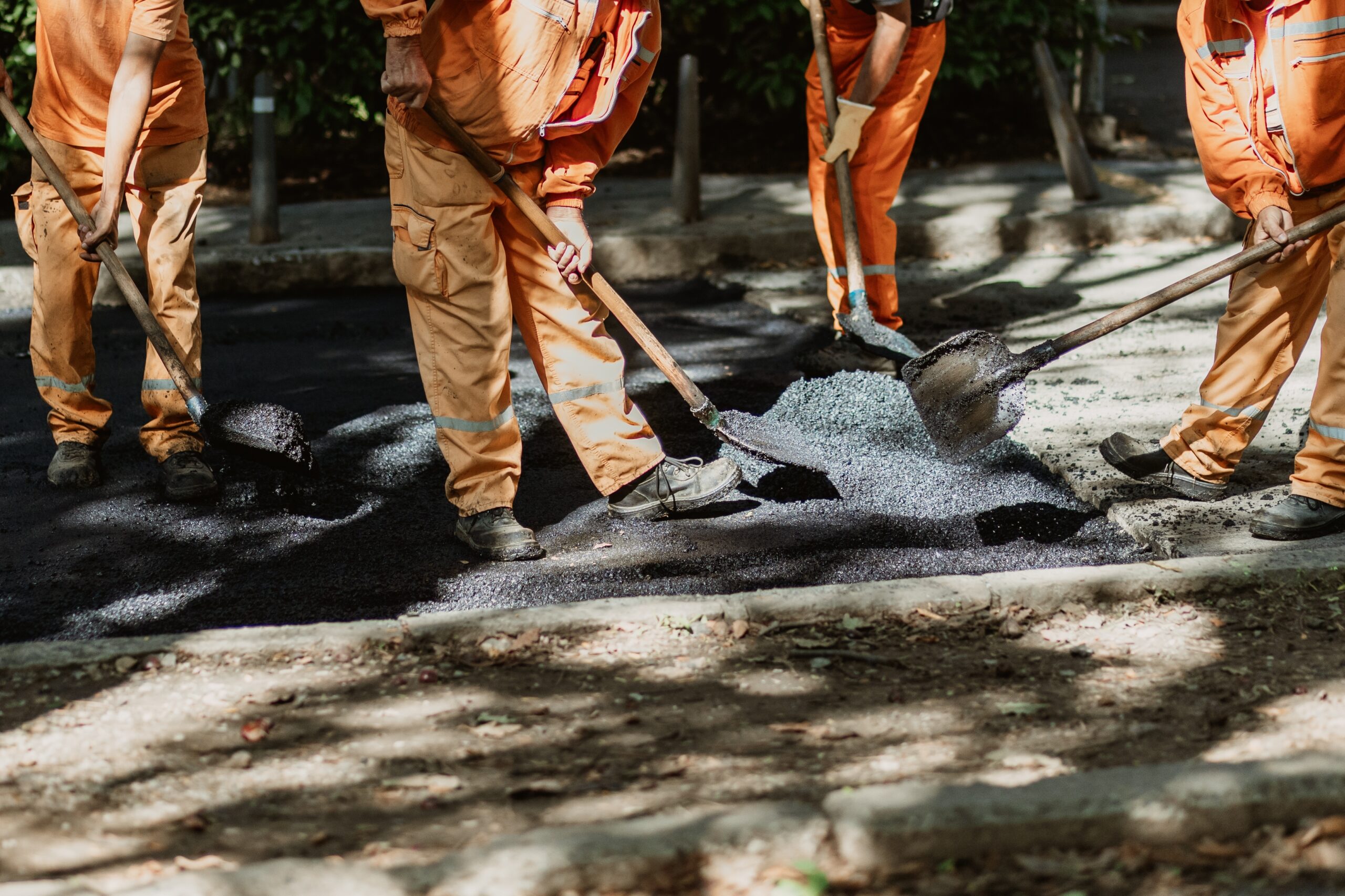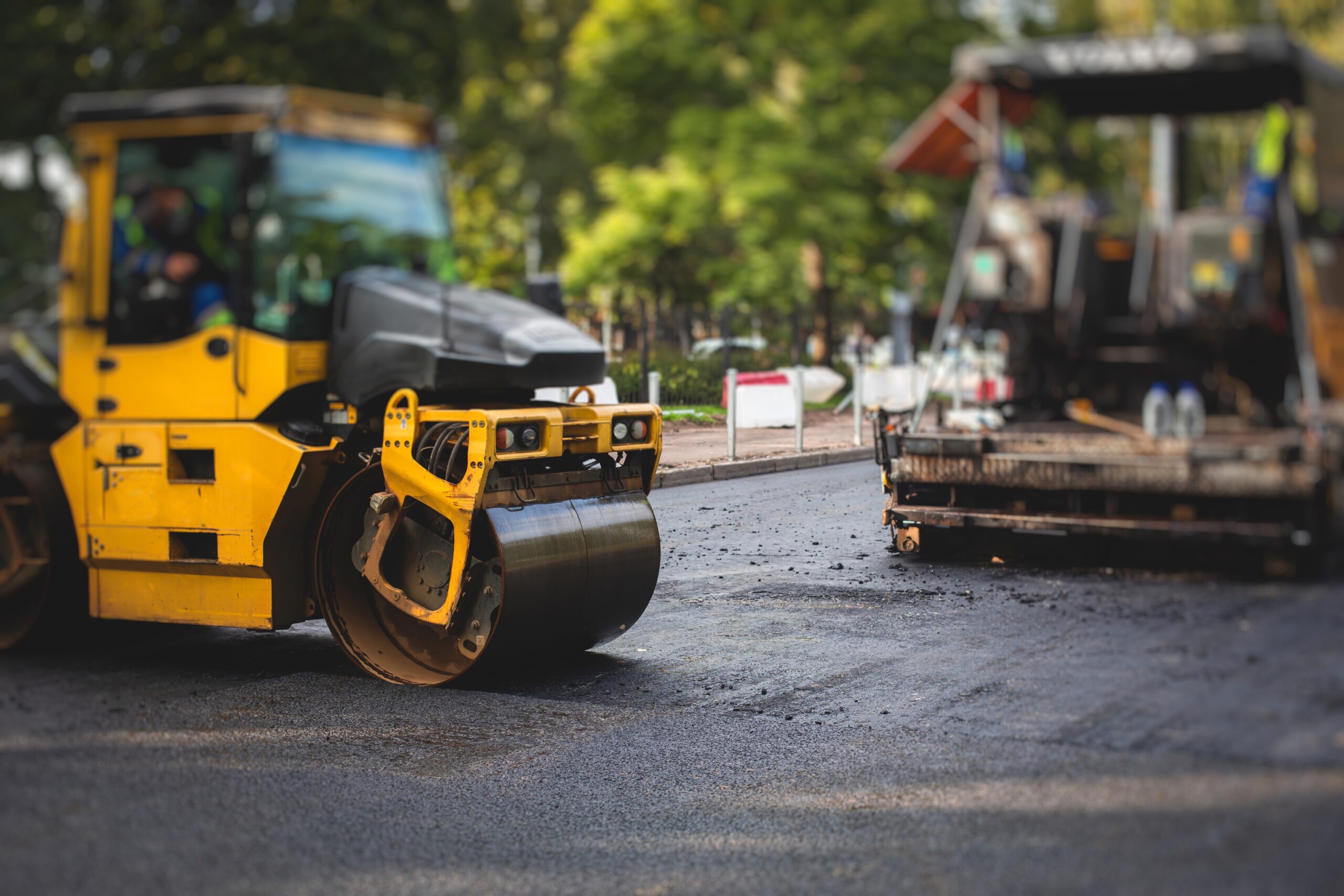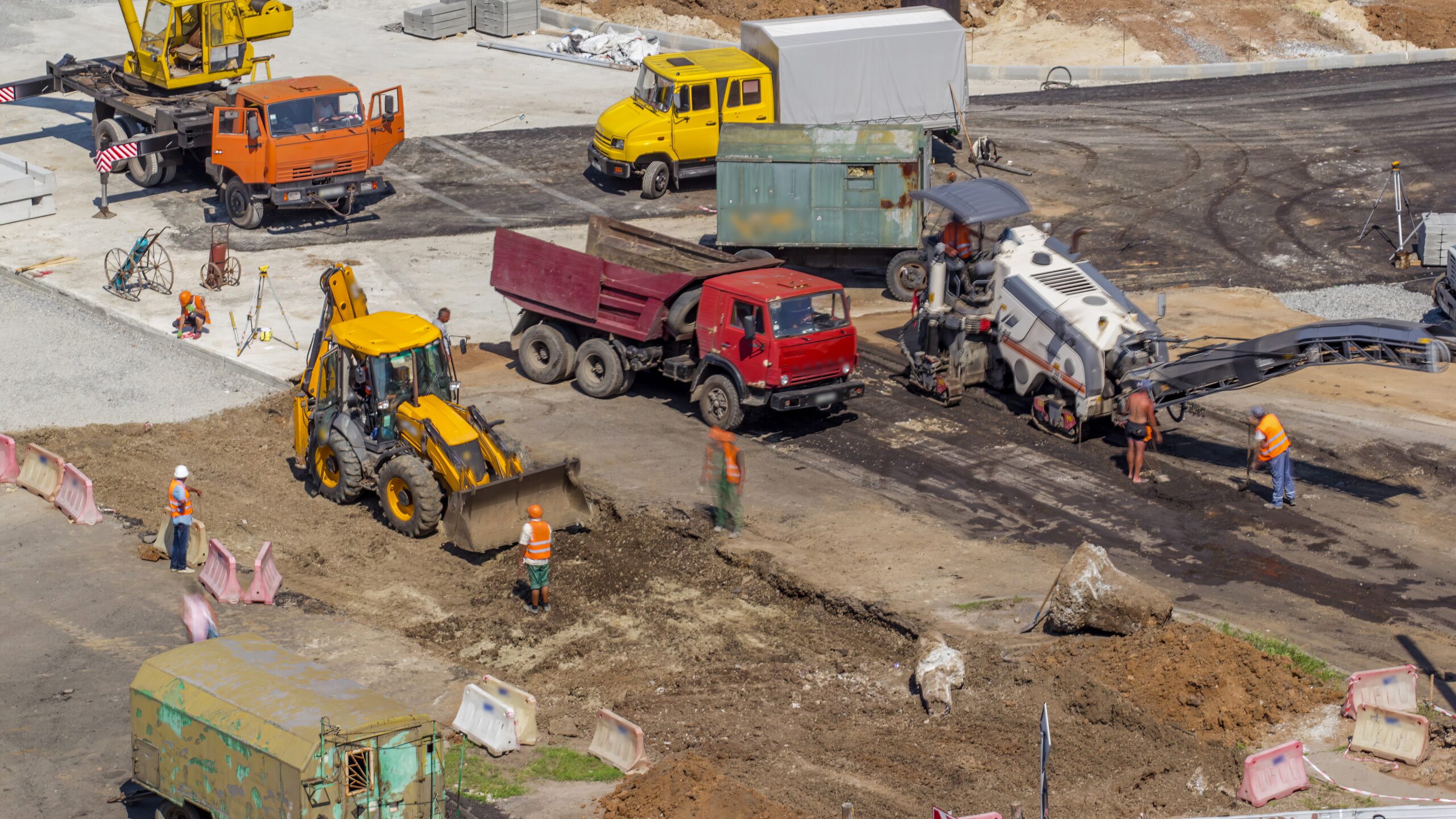Modern sidewalks are no longer just functional walking paths. Today, homeowners, businesses, and municipalities look for surfaces that combine durability with visual appeal. Stamped and decorative concrete has emerged as a preferred choice, offering the strength of traditional concrete with endless design options. This blog explores how stamped and decorative concrete ideas can transform sidewalks into modern, attractive, and long-lasting spaces. According to the American Concrete Institute, decorative concrete is one of the fastest-growing segments in construction due to its versatility and low maintenance. In this guide, we’ll explore styles, design patterns, cost considerations, and sustainability to help you choose the best decorative concrete ideas for sidewalks.
Why Decorative Concrete Is Popular Today
Stamped and decorative concrete is reshaping the way sidewalks are designed. Unlike plain gray slabs, these surfaces offer character, color, and texture while retaining durability. The popularity of decorative concrete can be linked to several factors.
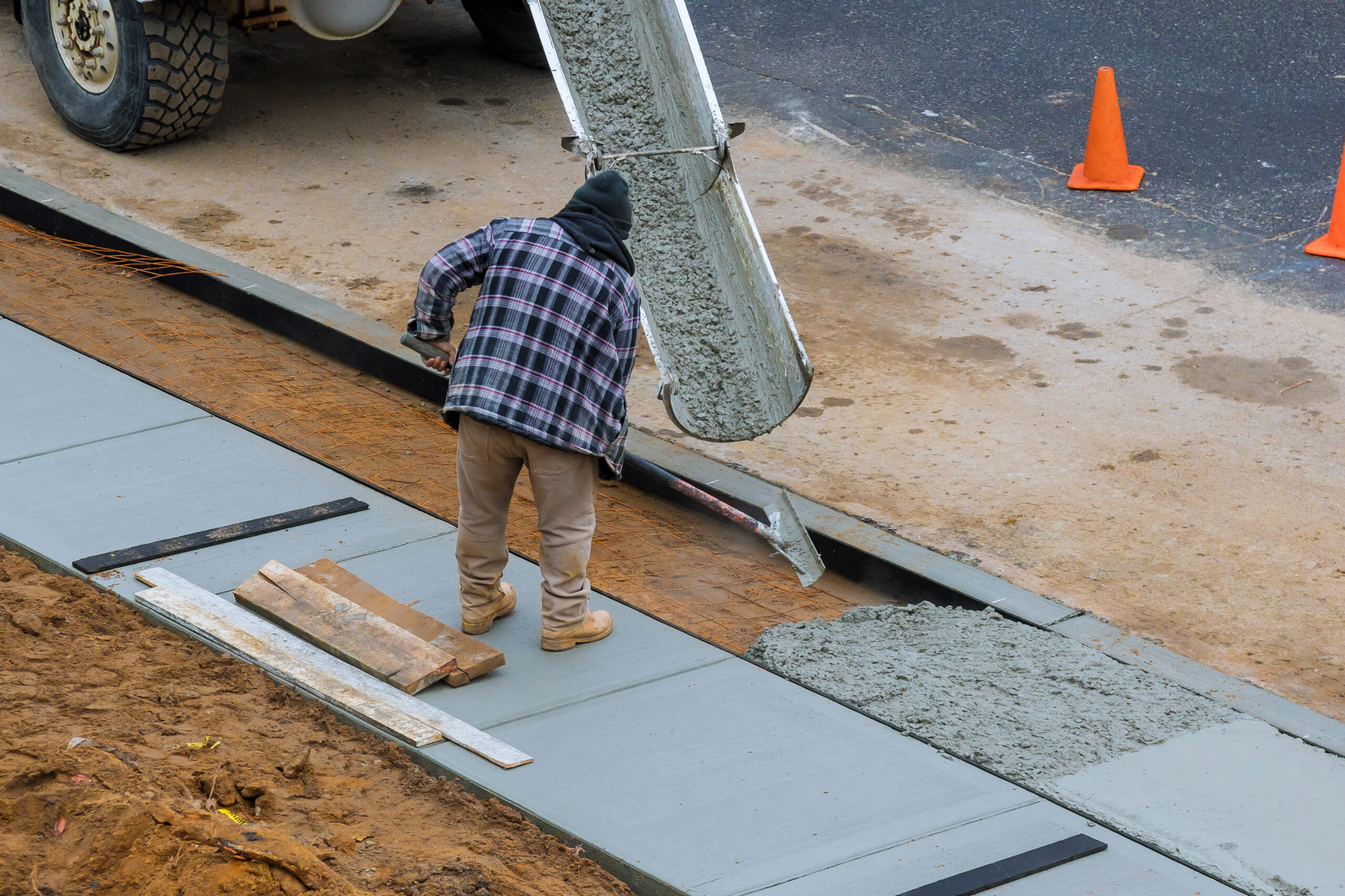
- Cost-effective appeal: Decorative concrete mimics natural stone or brick at a fraction of the price.
- Durability: Properly installed stamped concrete can last 25–30 years with minimal maintenance.
- Design variety: From classic brick impressions to wood-like finishes, customization is limitless.
- Resale value: Attractive sidewalks boost curb appeal and property value.
- Accessibility compliance: Many municipalities accept stamped concrete as long as it meets slope and accessibility codes.
Stamped and decorative concrete provides both function and aesthetics, making it a go-to choice for modern neighborhoods and commercial projects.
Popular Stamped Concrete Patterns for Sidewalks
Stamped concrete patterns replicate high-end materials without high costs. Selecting the right pattern depends on the style of the surrounding property.
- Ashlar Slate: One of the most requested patterns, offering a natural stone look suitable for residential and commercial sidewalks.
- Herringbone Brick: Ideal for traditional neighborhoods, this style mimics hand-laid brick pathways.
- Wood Plank Finish: Concrete stamped to look like wood brings a rustic, modern feel while lasting far longer than timber.
- Cobblestone Designs: Resembles historic European streets, perfect for municipalities wanting a classic charm.
- Seamless Stone: Continuous texture with fewer joints—helping reduce weed growth and minimizing common sidewalk cracks.
Each of these options is chosen for both style and practicality, allowing property owners to design sidewalks that blend seamlessly with their architecture.
Color Options for Decorative Sidewalks
Color plays a vital role in creating inviting sidewalks. With stamped and decorative concrete, pigments and stains make nearly any shade achievable.
- Integral Color: Mixed directly into concrete for a long-lasting effect that does not fade quickly.
- Acid Stains: Create a marbled, variegated appearance, often used for high-end decorative sidewalks.
- Water-based Stains: Eco-friendly and available in a broad palette of subtle or vibrant hues.
- Color Hardener: Applied to the surface before stamping, providing both strength and vivid shades.
According to the National Ready Mixed Concrete Association, properly applied color treatments significantly extend the life of decorative finishes. By selecting shades that complement landscaping and building design, sidewalks can serve as architectural highlights rather than simple walkways.
Sustainability and Environmental Benefits
Modern property development demands eco-friendly solutions, and decorative concrete meets this need effectively. Compared with alternatives, it often uses fewer natural resources and lasts longer.
- Lower resource use: Concrete sidewalks require less quarrying of stone and clay compared with brick or natural stone walkways.
- Cool surface technology: Reflective coatings can reduce heat absorption, improving walkability in urban heat zones.
- Longevity: Durable stamped concrete reduces the need for frequent replacement, minimizing carbon footprint.
- Recyclability: Old decorative concrete can often be crushed and reused as aggregate in new mixes.
The U.S. Environmental Protection Agency (EPA) emphasizes that sustainable construction materials like decorative concrete help communities reduce environmental impact while enhancing aesthetics.
Installation Process of Stamped Sidewalks
Installing decorative concrete requires planning, skill, and proper timing. Professional installation ensures long-term performance and compliance with local codes.
Steps typically include:
- Site preparation: Clearing, leveling, and compacting soil.
- Formwork setup: Wooden or metal frames shape the sidewalk.
- Mix pouring: Concrete is mixed, poured, and leveled.
- Color application: Integral or surface colors applied.
- Stamping: Concrete stamped with chosen patterns before curing.
- Sealing: Protective sealant applied to prevent stains, cracking, and color fading.
According to Portland Cement Association, curing and sealing are critical to decorative concrete’s performance and should be performed under proper conditions to prevent premature failure.
Maintenance Tips for Decorative Sidewalks
Even the strongest materials need care. Regular maintenance helps sidewalks retain beauty and functionality.
- Cleaning: Power washing or mild soap prevents dirt buildup.
- Sealing: Reapply sealant every 2–3 years to resist stains and weather damage.
- Crack repairs: Address quickly — see how to fix small cracks in concrete surfaces.
- Snow removal: Use plastic shovels instead of metal to avoid scratching the surface.
- De-icing caution: Avoid rock salt that may cause surface damage; use calcium magnesium acetate as recommended by transportation.gov.
These simple measures can extend decorative sidewalks’ lifespan, ensuring they remain appealing for decades.
Cost Considerations for Decorative Concrete
Budget plays a big role when selecting sidewalk designs. While decorative concrete costs more than plain concrete, it is significantly less expensive than natural stone or pavers.
- Stamped concrete: Typically $8–$15 per square foot, depending on pattern complexity.
- High-end finishes: Detailed staining or multi-pattern designs may cost $18–$25 per square foot.
- Repairs and resealing: Usually cheaper than replacing entire sections of stone or brick.
The Home Innovation Research Labs notes that decorative concrete is one of the most cost-efficient ways to improve property value. Long-term savings in maintenance make it a sound investment.
Compliance With Local Sidewalk Codes
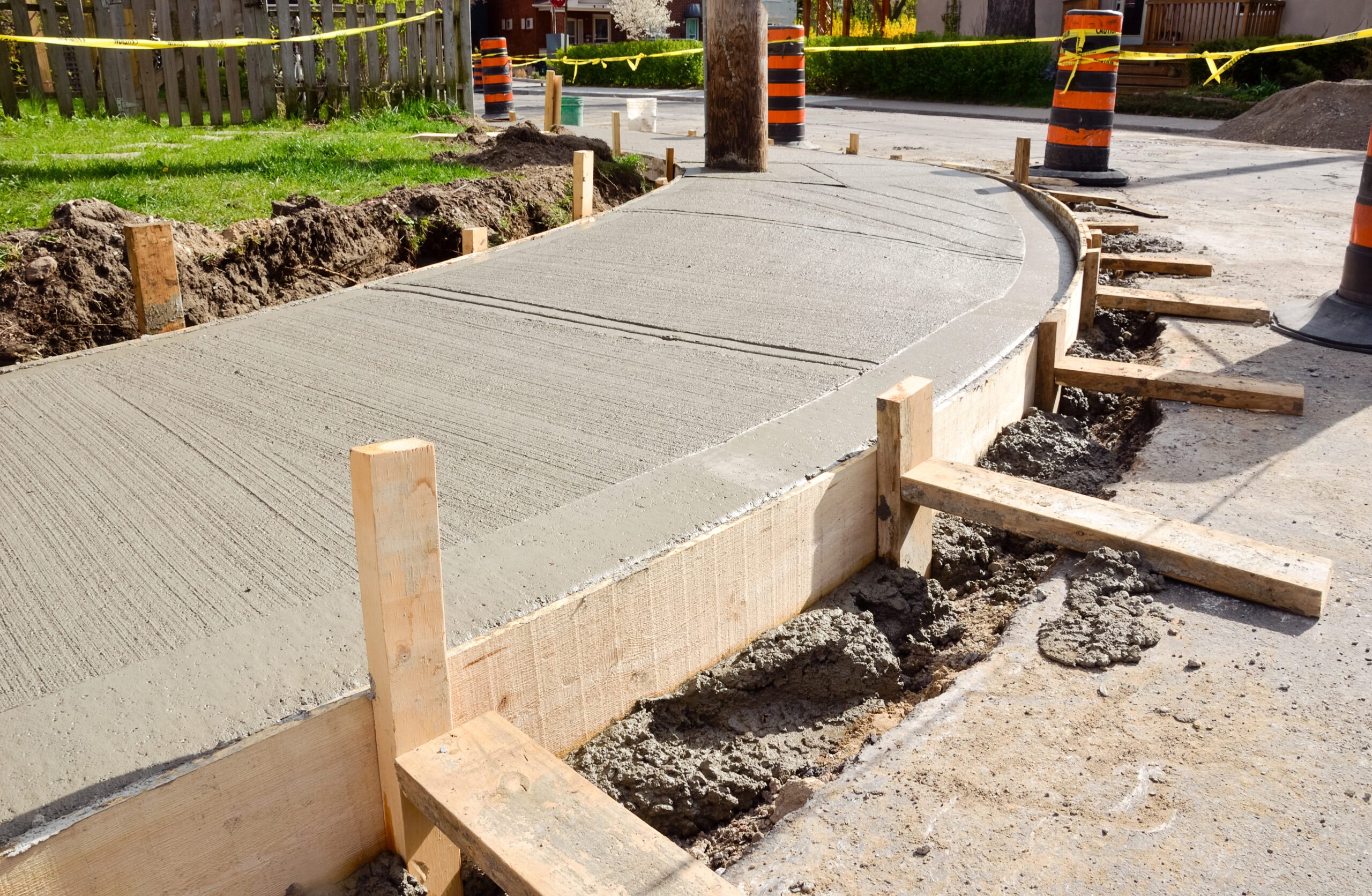
Before installing stamped sidewalks, property owners must ensure compliance with municipal building codes. Codes often regulate slope, width, thickness, and accessibility.
- Width requirements: Sidewalks in residential areas often require 4–5 feet, while commercial zones may require wider paths.
- Slope regulations: Must not exceed ADA accessibility limits to ensure safety for wheelchair users.
- Thickness standards: Municipal codes may require 4 inches for residential and 6 inches for commercial sidewalks.
- Permit requirements: Many cities require permits before installing or replacing sidewalks.
Local building departments and resources like municode provide direct access to city-specific codes, ensuring sidewalks meet legal and safety standards.
Design Ideas for Modern Urban Sidewalks
Urban communities are embracing decorative sidewalks as part of modern city planning. Beyond simple walking paths, sidewalks are now seen as public spaces that reflect community identity.
- Geometric designs: Bold shapes add energy to metropolitan landscapes.
- Multi-colored slabs: Integrating different stains creates visually dynamic streets.
- Custom logos: Businesses sometimes stamp logos near storefronts for branding.
- Lighting integration: LED fixtures installed alongside decorative sidewalks improve safety and appeal.
- Green strips: Incorporating small garden edges with decorative sidewalks boosts sustainability.
Municipalities often encourage such features to boost appeal and walkability, much like initiatives in sidewalk upgrades that boost business appeal.
The U.S. Department of Transportation emphasizes the importance of pedestrian-friendly design in improving walkability, safety, and urban life quality.
Upgrade Your Sidewalks with Style and Strength
Stamped and decorative concrete has transformed sidewalk design by merging durability with aesthetic appeal. From realistic stone patterns to vibrant stains, it offers endless customization for both homeowners and municipalities. Beyond beauty, it ensures compliance with codes, delivers sustainability benefits, and provides long-term cost savings, making it a smart investment for any property.
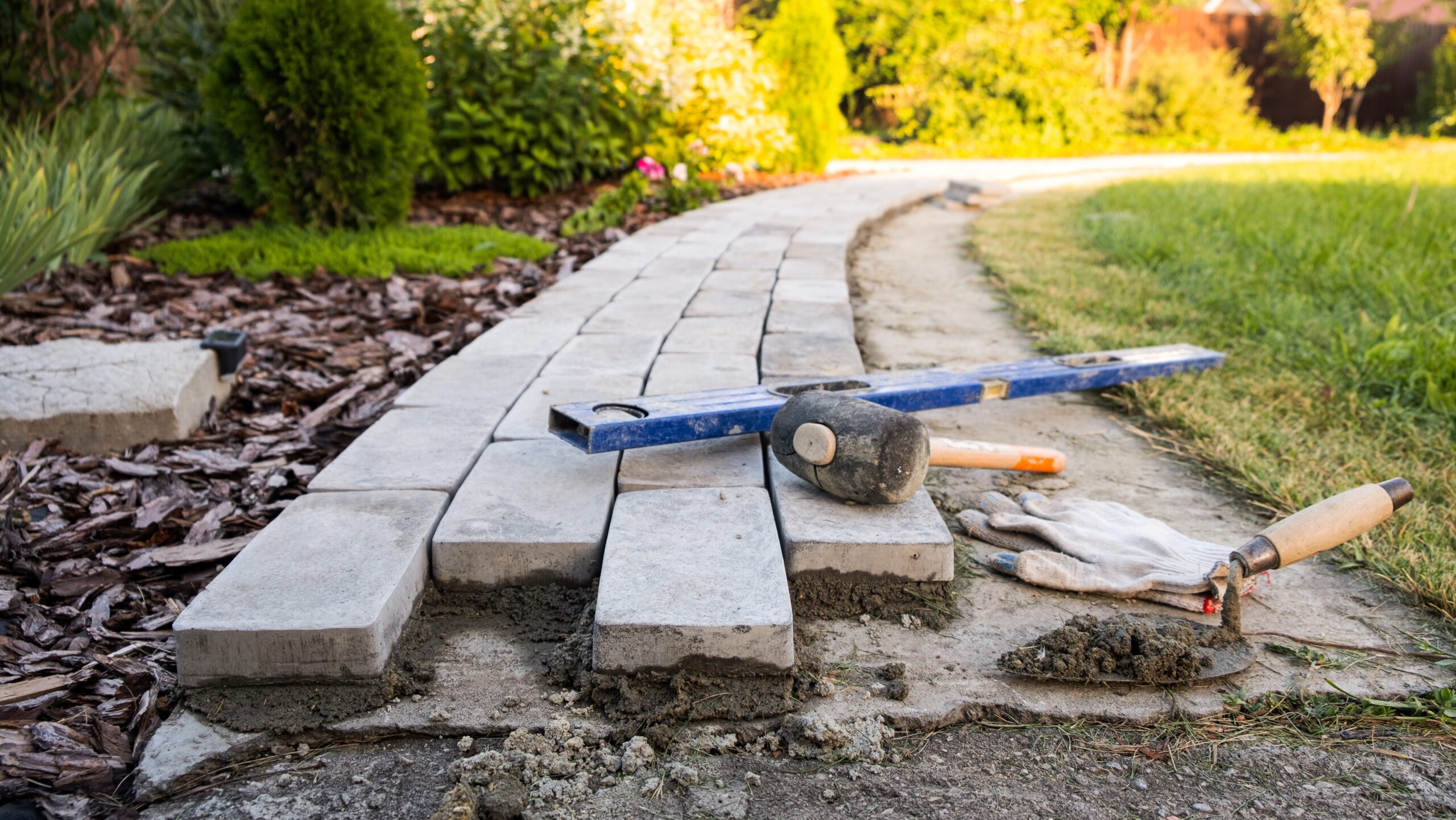
If you’re ready to transform your sidewalks with strength and style, contact Asphalt Coatings Company today
Frequently Asked Questions
What Permits Do I Need to Replace a Sidewalk?
Typically, you need a Sidewalk Repair or Construction Permit. Additional permits may be required if work affects the street or utilities.
Who Is Responsible for Getting the Permit?
The property owner or their contractor must apply for and secure the required permits before starting work.
Are There Accessibility Requirements?
Yes, all sidewalk replacements must meet ADA standards such as installing ramps and curb cuts.
What Are the Consequences of Not Having a Permit?
Fines, work stoppages, or orders to remove non-compliant sidewalks can result from non-permitted work.
How Do I Apply for a Permit?
Many cities offer online applications; you’ll typically need plans, pay fees, and schedule inspections as part of the process.

